Croesus’ and Themistocles’ consultations with the oracle at Delphi form the basis for this intermediate activity in the OpenLearn Herodotus Collection. We have selected sections from ‘The Histories’ where you can explore Herodotus’ narrative alongside other sources to help you extend your research and understanding. You may like to take a look at the Timeline, to put some of the narratives in the context of other historical events of the period.
Interpreting the oracle's utterances
Herodotus suggests one of the main differences between Greeks and barbarians is the ability of clever Greeks to interpret oracles correctly. In the ‘Lydios logos’, Herodotus makes several references to Croesus seeking guidance from the oracle at Delphi. The first follows his son’s death when he sent messengers to all the oracles of Greece and Libya, with the intent to ‘test the knowledge of the oracles, so that, if they were found to know the truth, he might send again and ask if he should undertake an expedition against the Persians.’ (Book 1 Ch. 46).
To glimpse the power of the oracles, watch the short video from the Khan Academy, where Harris and Zucker use the famous sculpture ‘Charioteer of Delphi’ with other visual resources to illustrate what life in Delphi may have been like during the time of Herodotus
Croesus misinterprets the oracle
Croesus consulted the oracle at Delphi three times, showering the Delphians with gifts of gold.
Browse Herodotus’ narrative of the consultations at Delphi, making notes as you go, for Herodotus ‘plays’ with his readers’ expectations, alongside Croesus’ assumptions that the oracle is always correct. The Hestia project map provides two routes to the chapters: either use the <<previous 1.47 next >> at the foot of the text pane to move between chapters, or use the ‘Place Detail’ view to explore the 20 references to Delphi in Book 1.
Having established Delphi as the one true source of divine wisdom, Croesus asks Apollo’s priestess his key question: should he launch a pre-emptive strike against the Persians (who, under Cyrus, are just emerging as a rival power)? The oracle’s response is rightly famous: Herodotus reports that the priestess replied that, should Croesus attack the Persians, a mighty empire would fall. Gleefully, Croesus launches his attack. Sadly, he didn’t realise that it would be his own empire that fell.
Themistocles wins the day
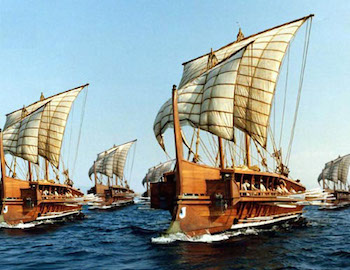 Greek galleys or 'triremes' of the Hellenic navy, based on modern replica
Greek galleys or 'triremes' of the Hellenic navy, based on modern replica
Browse the chapters in Book 7, where Herodotus tells us again of the oracle at Delphi. The context is the impending invasion of the Persians, and the Athenians want to know whether they should stand and fight or else flee the city (and, if the latter, then what should they do?) The oracle pulls no punches and predicts catastrophe for the Athenians, bar one slight ray of hope: they should trust to their ‘wooden walls’. But what could the oracle possibly mean?
Crucially, interpretation is not undertaken by one man (as in the case of Croesus) but by the whole community. The oracular text is debated back in Athens. On the one hand, the professional oracle-mongers advise staying behind, for they interpret the ‘wooden walls’ to mean the walls that surrounded Athens’ central high hill, the Acropolis. It is behind this wall that, they maintain, the Athenians will be safe.
But Themistocles provides an alternative interpretation, one which requires a mental leap. He says that the ‘wooden walls’ to which the oracle refers must mean their ships, since otherwise the priestess would have called Salamis (the stretch of water where the sea battle was to take place) ‘cruel’ and not ‘holy’, as she does.
Themistocles’ interpretation wins the day and, indeed, the Athenians pull off a magnificent victory at Salamis, ‘trusting in their wooden walls’: ‘Correctly understood, the gods' oracle was spoken not of the Athenians but of their enemies, and his advice was that they should believe their ships to be the ‘wooden wall’ and so make ready to fight by sea. When Themistocles put forward this interpretation, the Athenians judged him to be a better counsellor than the readers of oracles, who would have had them prepare for no sea fight, and, in short, offer no resistance at all, but leave Attica and settle in some other country.’ (Book 7 Ch. 143).
Those who took shelter behind the Acropolis’ ‘wooden walls’ were all killed. News of the firing of the Acropolis reached the Greek forces on the eve of the battle at Salamis, and led to Themistocles threatening the other Greeks with the prospect of ‘moving Athens to Italy’, if they don't fight there and then.
To take this activity further, you may like to read Dr. Elton Barker’s article, ‘Paging the Oracle in Herodotus’ History'.
Rebuilding the Acropolis
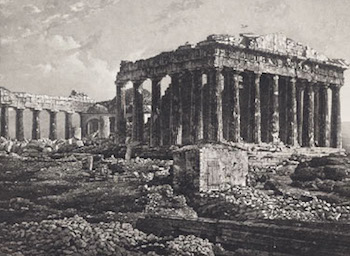 The first known photograph of the Parthenon, taken by Joly de Lotbiniere, 1839
The first known photograph of the Parthenon, taken by Joly de Lotbiniere, 1839
The combined Greek fleet, led by the Athenians, decisively defeated the Persians at the Battle of Salamis. A Persian occupation of Greece was really no longer viable. Xerxes retreated from Greece, leaving his general Mardonius to lead the final battle at Plataea. The Acropolis, as we know it, was made possible by this Persian destruction, and the oracle is proved right.
Following the successful repulsion of the Persian forces, and Athenian assumption of the Persian ‘Aegean Sea’ Empire, the Acropolis was rebuilt using wealth from the newly won ‘empire’, building upon, the success of the actions recounted in Herodotus ‘The Histories’. The Athenian statesman Pericles continues the development of the Acropolis, using tribute from Athenian allies in the Delian league.
To find out more about the Acropolis, visit the Acropolis Museum and explore the interactive Parthenon Gallery and Frieze.
There have been a number of arguments that various parts of the decorative programme of the Parthenon refer directly to the Athenian defeat of the Persians at Marathon. For example, the number of male figures in the frieze matches the number of the Athenian fallen given by Herodotus; the Amazonomachy may be referring to the Persians, or, conversely, echo the decorative style of royal Persian monuments. For a discussion of this debate, read M. Root in AJA 1985.
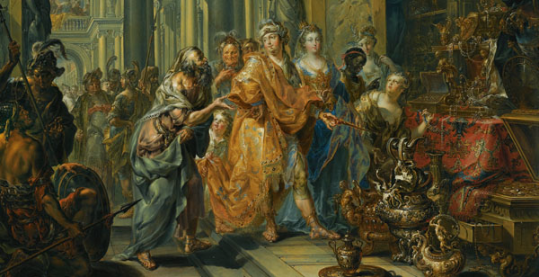
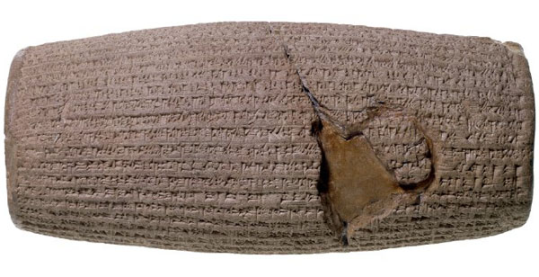
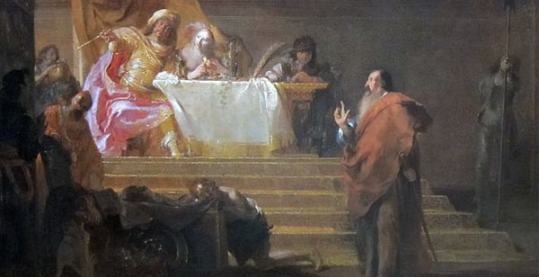
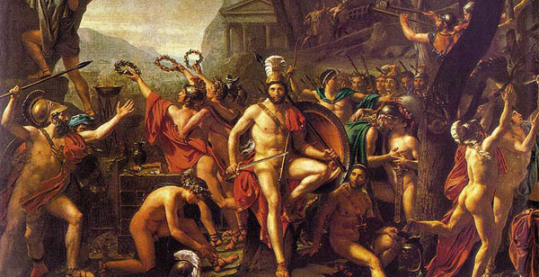
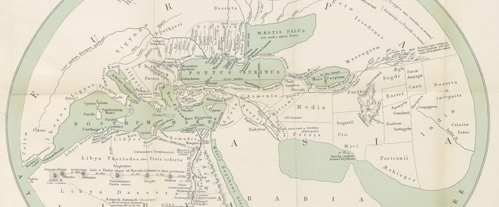
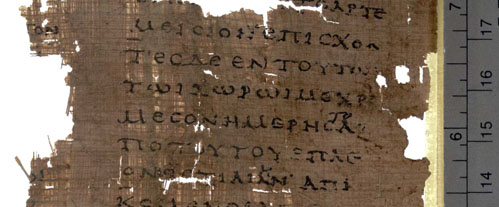
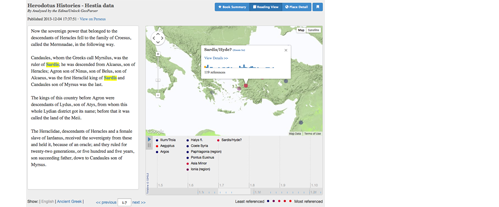
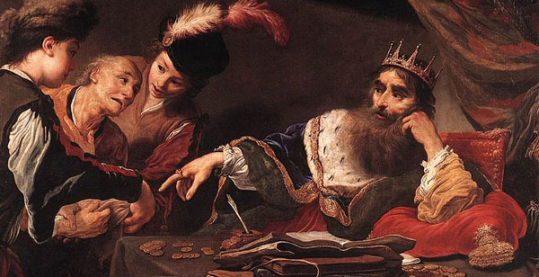
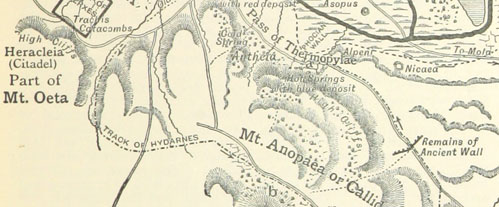
Rate and Review
Rate this activity
Review this activity
Log into OpenLearn to leave reviews and join in the conversation.
Activity reviews